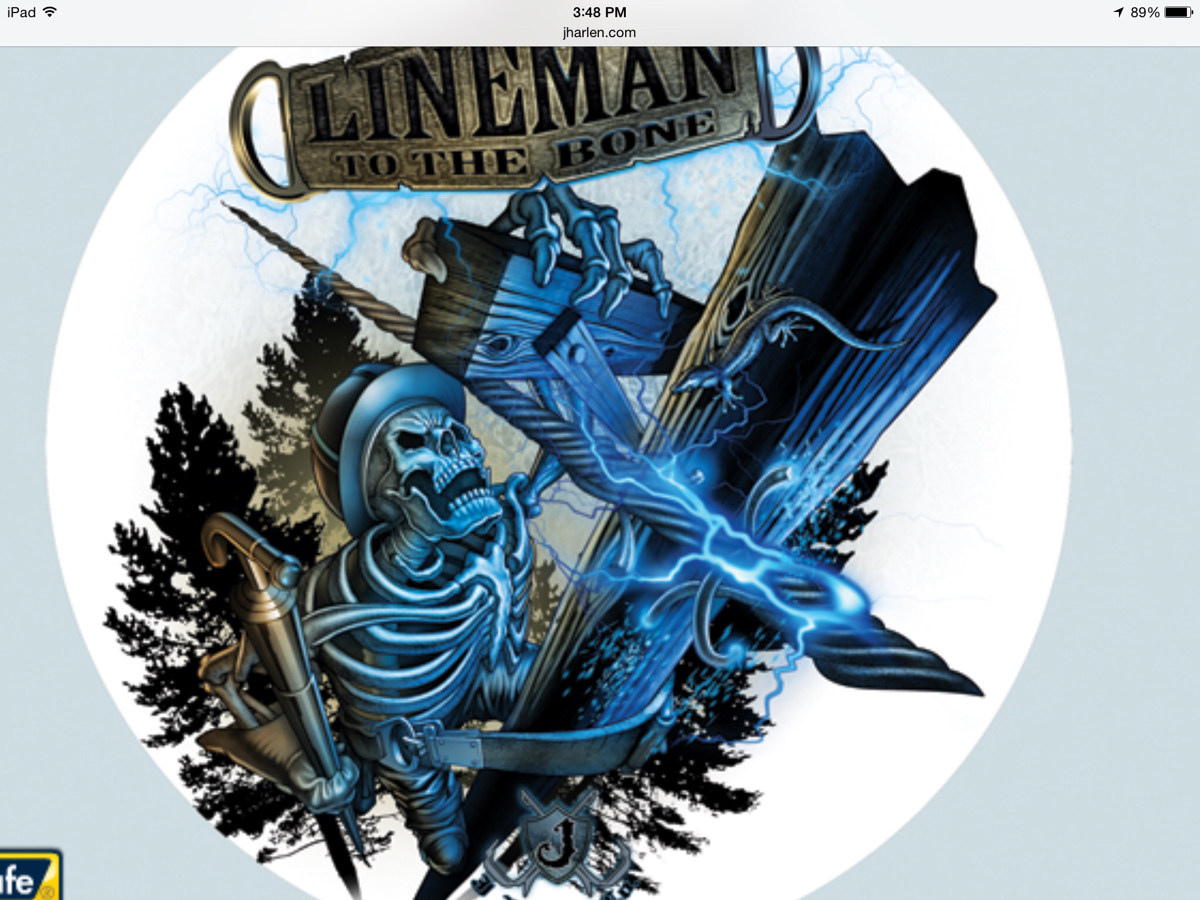Title Page
-
Conducted on
-
Prepared by
-
Location
-
Job Number
-
Thermal Imaging Camera Type
Technical Information
-
The temperature observations that are detailed in this report can be referenced to the Australian standards “Limiting Temperatures” information, which may assist you in your risk analysis of each observation, further information can be found in the Australian standards AS/NZS 3000, section 3; 3.4.2 and AS/NZS 3008.
In summary, the Australian Standards state that;
1. In all boards the temperature rises shall be related to the ambient temperature. Accessible
boards, i.e. touchable, the rise is not to exceed 30°C and non-accessible boards 40°C.
2. The temperature of the various components are related to the adjacent cable insulation maximum
temperatures, these ideally should not be exceeded. Maximum temperatures: Thermoplastics V- 75 Cables etc. – 75°C; High temp. V-105 – 105°C: Cross linked elastomers e.g. R-EP-90 and XLPE-90 – 90°C; R-HF-110 – 110°C; 150 – 150°C etc.
The priorities as specified in the repair priority schedule below are based on the above mentioned standards. The temperature difference as stated below is the difference in temperature between the operating & maximum fault temperature recorded. The above temperature difference can exist in an electrical installation between phases, across switches, contactors and other components. Other factors that can affect a temperature difference are the loading and application of an electrical circuit.
The following general assumptions can be made:
1. Where fuses/circuit breakers are hot at one end it can be assumed that a problem exists with the contacts and/or connections.
2. Where fuses/circuit breakers are hot overall check the fuse size and load should be checked for correct rating.
3. A high temperature on both sides of a component suggests faulty contacts/connections and/or out of balance load. Testing will confirm/eliminate the balance as a problem.
4. Where contactor terminals are hot and the screws are tight, the problem may exist internally with in the contactor.
5. Generally overloads run cooler than the contactor coil. If the overload is hotter the loads and sizing should be checked.
We recommend regular Thermal inspections at (12) twelve monthly intervals. This may reduce unscheduled downtime and failures. We can also assist with an effective maintenance program.
Switchboard One
-
Equipment
-
Amperage testing and load testing conducted
-
Hot Image Marker (temperature)
-
Thermal imagery
-
Findings
-
Recommendations
Switchboard Two
-
Equipment
-
Amperage testing and load testing conducted
-
Hot Image Marker (temperature)
-
Thermal imagery
-
Findings
-
Recommendations
Switchboard Three
-
Equipment
-
Amperage testing and load testing conducted
-
Hot Image Marker (temperature)
-
Thermal imagery
-
Findings
-
Recommendations













